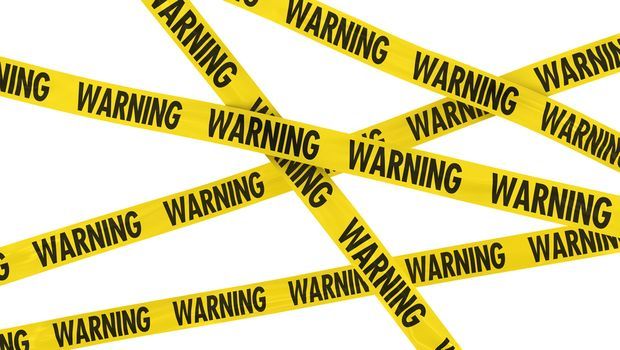ECRI Institute's Annual Health Technology Hazards List Includes Infection Risks

The safe use of health technology-from infusion pumps to complex imaging systems-requires that healthcare facilities recognize the possibility of danger or difficulty with those technologies and that they take steps to minimize the likelihood of adverse events.
Today, ECRI Institute announces the launch of its Top 10 Health Technology Hazards for 2017 list. Produced each year by ECRI Institute’s Health Devices Group, the list identifies the potential sources of danger that ECRI believes warrant the greatest attention for the coming year. The guidance that accompanies the list provides practical strategies for reducing the risks, making the list a practical tool for both establishing priorities and enacting solutions.
"Technology safety can often be overlooked when hospital leaders are dealing with so many other issues," says David T. Jamison, executive director of the health devices group, ECRI Institute. "As an independent medical device testing laboratory and investigator of technology-related incidents, we know what can go wrong and what steps hospitals can take to reduce patient harm related to specific technologies and processes."
This year’s No. 1 hazard calls attention to infusion errors that can still occur when using large-volume infusion pumps. Although today’s pumps incorporate features that reduce the risks of infusion errors, these safety mechanisms cannot eliminate all potential errors, and the mechanisms themselves have been known to fail. ECRI Institute continues to receive reports and investigate incidents of uncontrolled flow of medication to the patient-a potentially fatal circumstance known as “IV free flow”-and other infusion errors. Fortunately, as ECRI points out in its guidance document, a few simple steps can help catch use errors and component failures before patient care is affected.
Inadequate cleaning of complex reusable instruments, including duodenoscopes, remains high on the list this year in the No. 2 spot due, in part, to the severity of the infection risks and also the persistence of the problem: ECRI Institute regularly sees reports of contaminated medical instruments being presented for use on a patient.
Other topics on the 2017 list include ventilator alarm management, infection risks with heater-cooler devices, undetected opioid-induced respiratory depression, software management oversights, occupational radiation hazards in hybrid ORs, and more.
To develop the annual list, ECRI Institute's multidisciplinary staff of engineers, scientists, nurses, physicians, and safety analysts draw on the resources of the Institute's nearly 50-year history, as well as expertise and insight gained through testing and analyzing healthcare technologies. Topics on the list are selected by weighing factors such as the severity, frequency, breadth, insidiousness, and profile of the hazard. Additionally, all the hazards selected can, at least to some degree, be prevented by implementing appropriate measures.
The Top 10 Health Technology Hazards for 2017 Executive Brief is available for free download at www.ecri.org/2017hazards/. Members of ECRI Institute’s Health Devices System™, Health Devices Gold™, and SELECTplus® can access the full report-a member-exclusive Solutions Kit that includes detailed recommendations for addressing the hazards-by logging onto their membership website.
Source: ECRI Institute
The Sterile Processing Conference Survival Guide: How to Make the Most of Your Next Event
March 25th 2025From expert speakers to cutting-edge tools, sterile processing conferences, like the 2025 HSPA Annual Conference and the SoCal SPA's Spring Conference, offer unmatched opportunities to grow your skills, expand your network, and strengthen your department's infection prevention game.
Redefining Material Compatibility in Sterilization: Insights From AAMI TIR17:2024
March 24th 2025AAMI TIR17:2024 provides updated, evidence-based guidance on material compatibility with sterilization modalities. It offers essential insights for medical device design and ensures safety without compromising functionality.
The Latest on CLABSIs and CAUTIs: Evidence-Based Approaches for Infection Prevention
February 27th 2025Health care–associated infections like CLABSIs and CAUTIs threaten patient safety. Learn evidence-based strategies, new technologies, and prevention protocols to reduce these infections and improve outcomes.